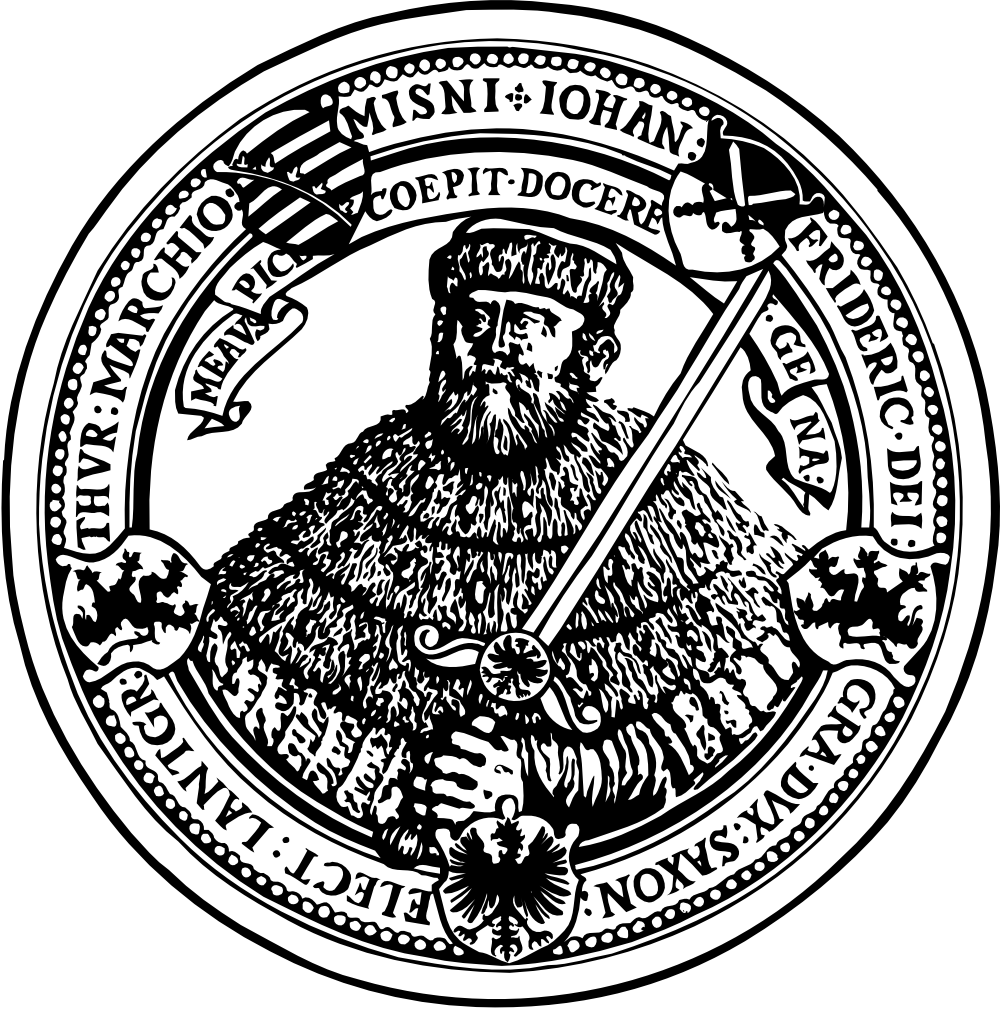Roland Schäfer & Elizabeth Pankratz (2018) The plural interpretability of German linking elements. Morphology 28(4), 325–358. https://doi.org/10.1007/s11525-018-9331-5 (Click the title for online reading, click the DOI for official bibliographic information.) [BibTeX]
- https://github.com/rsling/linkingelements/blob/master/Paper/lemorphology.pdf
- Data set DOI: https://doi.org/10.5281/zenodo.1323211
- GitHub (use above DOI instead): https://github.com/rsling/linkingelements
In this paper, we take a closer theoretical and empirical look at the linking elements in German N1+N2 compounds which are identical to the plural marker of N1 (such as -er with umlaut, as in Häus-er-meer ‘sea of houses’). Various perspectives on the actual extent of plural interpretability of these pluralic linking elements are expressed in the literature. We aim to clarify this question by empirically examining to what extent there may be a relationship between plural form and meaning which informs in which sorts of compounds pluralic linking elements appear. Specifically, we investigate whether pluralic linking elements occur especially frequently in compounds where a plural meaning of the first constituent is induced either externally (through plural inflection of the entire compound) or internally (through a relation between the constituents such that N2 forces N1 to be conceptually plural, as in the example above). The results of a corpus study using the DECOW16A corpus and a split-100 experiment show that in the internal but not external plural meaning conditions, a pluralic linking element is preferred over a non-pluralic one, though there is considerable inter-speaker variability, and limitations imposed by other constraints on linking element distribution also play a role. However, we show the overall tendency that German language users do use pluralic linking elements as cues to the plural interpretation of N1+N2 compounds. Our interpretation does not reference a specific morphological framework. Instead, we view our data as strengthening the general approach of probabilistic morphology.
